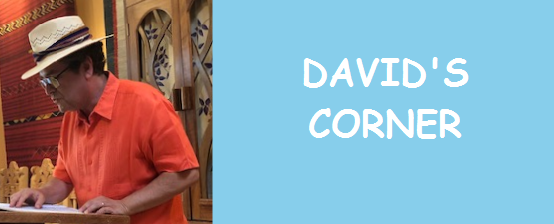Lake Chapala Jewish Congregation
Lake Chapala Jewish Congregation

T’rumah (Exodus 25:1 - 27:19
The process of building a traveling Tabernacle is most impressive. This week’s parasha, T’rumah, and next week’s parasha, T’tzavveh, contain HaShem’s instructions for the process.
The first really impressive element is unstated. It is clear by its omission that the Israelites are not to turn their experience of receiving the law at Mount Sinai into a regular yearly event at Sinai. Thus the intention behind having a mobile Tabernacle is likely that eventually it will find its more permanent home in the promised land once that land has been entered and conquered.
A further incentive is that HaShem appeals to the Israelites’ sense of participation in the construction of the Tabernacle by having Moses tell them to “bring Me gifts, and that Moses is to “accept gifts for Me from every person whose heart so moves him.” (25:2)
Let’s be clear, however. No chintzy, cheap materials in the construction of the Tabernacle are acceptable. Rather Moses shall accept “gold, silver, and copper; blue, purple, and crimson yarns, fine linen, goats’ hair; tanned ram skins, dolphin skins, and acacia wood.” (25:3-5)
The reason for these fine materials quickly becomes evident: “And let them make Me a sanctuary that I may dwell among them.” (25:8) Daddy is joining the kids for this road trip.
But lets not get too familiar, alright? HaShem will instruct the Israelites as to which spaces are open to the people, and which are so sacred that only the Cohanim may enter, and then there will be a space that only Moses can be near HaShem. This will be all by design, HaShem’s design. (25:9)
Questions for discussion: Can the Israelites live up to HaShem’s expectations in the construction of the Tabernacle? What happens if they don’t?